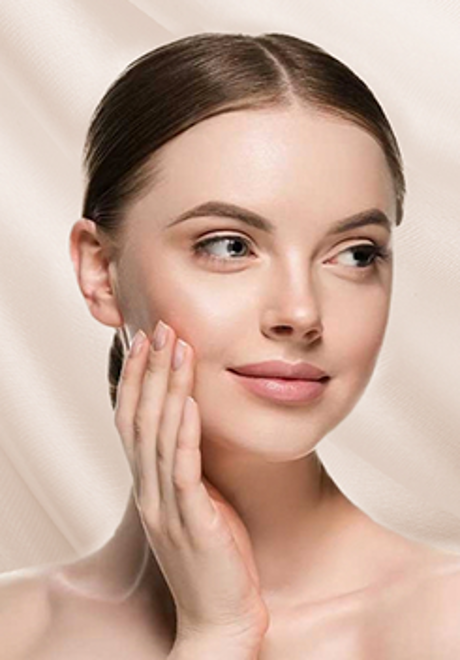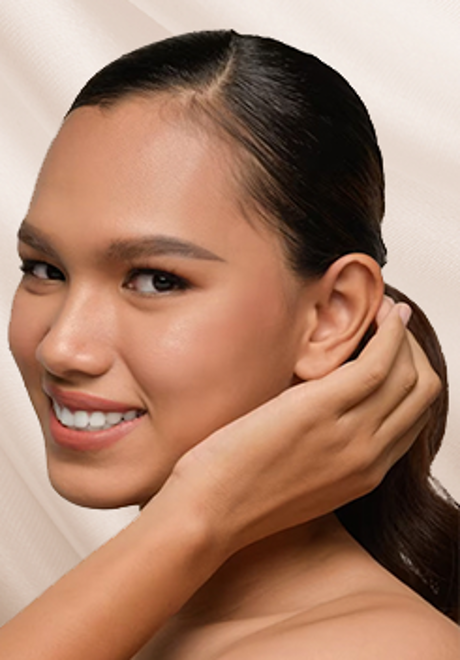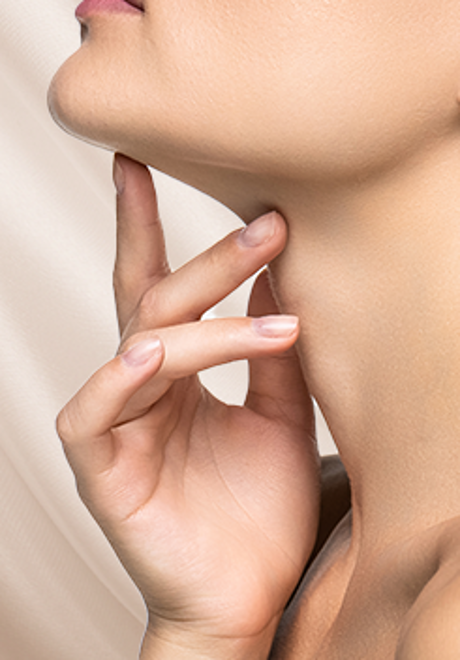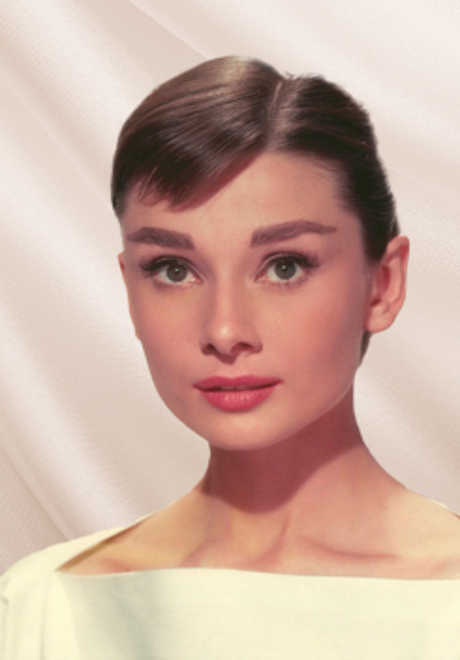Blepharoplasty
The eyes are the organs that mirror the heart and soul and reflect the human inner world. It is not difficult to guess what the person in front of us feels or thinks at that moment by looking into their eyes.
With aging, eyelids drop due to the weakening of the structures and surrounding tissues, skin wrinkles, and bags occur, the bones around the eyes become thinner the eye socket deepens, and the wrinkles we call “crow’s feet” appear. With the formation of a ‘tear trough’ due to bags towards the nose sagging cheeks and ‘worry lines’ of the forehead, tired and old-looking eyes and facial appearance are inevitable.
At a young age, the upper eyelid covers the iris only 1-2 mm. Eyelid skins are stretched and light-colored. When you drag and drop the lower eyelid, it immediately returns to its original state without wrinkles. The junctions at the sides of the eyelids are slightly higher than the junctions in the region near the nose. In other words, the span between the eyelids is in the form of an upward-sloping almond.
Who is the ideal candidate for eyelid aesthetics?
In general, people who complain about eyelid skin sagging, loosening, and bagging, also looking older than they actually are, or looking tired even when they sleep well, benefit from eyelid aesthetics. Usually, we do not recommend this operation to people under the age of thirty-five.
Aging of the eyelid
Signs of aging in the upper eyelid
In our thirties, signs of aging emerge in our upper eyelids as the forehead and eyebrows begin to move downwards. The eyelid skin becomes loose.
The thinning of the muscles in the upper eyelid increases the loosening of the skin and makes the fat pads more prominent in the eye socket. Of course, genes and hereditary factors from our family cause the occurrence of these aging signs at different ages and shapes for everyone.
Signs of aging in the lower eyelid
Signs of aging in our lower eyelid are associated with our cheeks. As the fat tissue in the cheek moves downwards with the effect of gravity, a halo-shaped sag begins to be observed in the lower eyelid.
Over time, the skin of the lower eyelid becomes thinner, and the lines that we call ‘crow’s feet’ appear around it. The weakening of the lower eyelid muscles during the fifties makes the fat pads in our eyeballs much more visible.
Is there an age requirement for blepharoplasty?
Eyelid cosmetic surgery is generally suitable for patients between the ages of 40 and 70. However, it is possible to have this surgery from the age of twenty if the signs of aging are much earlier due to genetic factors.
Eyelid surgery can be performed not only for aesthetic reasons but also for health reasons for children with congenital eyelid problems. In such cases, it will be useful to perform the surgery until the age of six.
How is blepharoplasty performed?
The anatomical structures and problems of the upper and lower eyelids are vastly different from each other. However, to summarize, during this procedure, basically the excess skin in the lids is removed, the fat pads causing the bagging are removed or reshaped as needed and the upper eyelid is corrected if it covers the iris too much. In the same session, according to the needs of the person, some other operations are added such as fat injection around the eyes, lifting lid junction points to move the span of the eye sloping up, and correction of tear trough. Adding these procedures will increase appreciation and satisfaction.
Before blepharoplasty
You should always inform your doctor about your diseases and medications before surgery. In patients with heart disease, diabetes, and eye pressure, the permission of the related specialist is needed for the operation.
Just like any other aesthetic operation, tell your doctor sincerely what you want and the points where you feel uncomfortable. Your doctor will inform you in detail about the realism of your wishes to ensure a beautiful, proportionate, and natural face and will tell you what happens after surgery.
Anesthesia method
Procedures only for eyelids can be performed easily under local anesthesia and sedation. However, general anesthesia will be more comfortable and dependable in the need for surrounding tissue intervention.
Duration of operation
Although the duration will vary depending on the area to be treated, blepharoplasty takes approximately 1-3 hours.
After blepharoplasty
If your eyelid is treated under local anesthesia, after a few hours of observation, you can go home. For longer surgeries, it is both safer and more comfortable to spend a night in the hospital.
In the first 1-2 days, the eyelids may swell and bruise. Within 5-7 days, these color changes will recover. On day five, sutures can be taken.
Types of Facial Plastic Surgery
There are different types of facial aesthetics that can be applied depending on the type of problem experienced.





